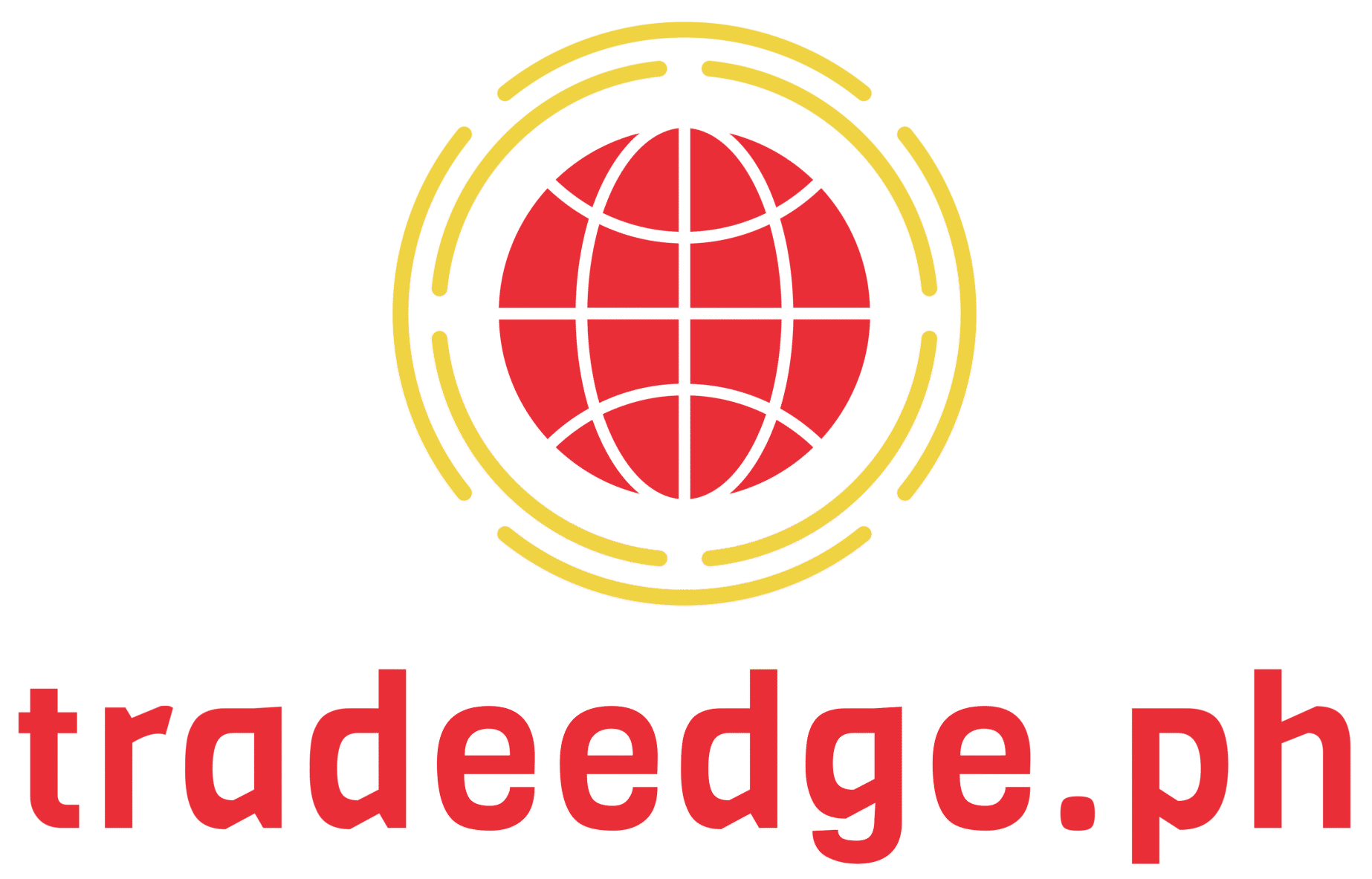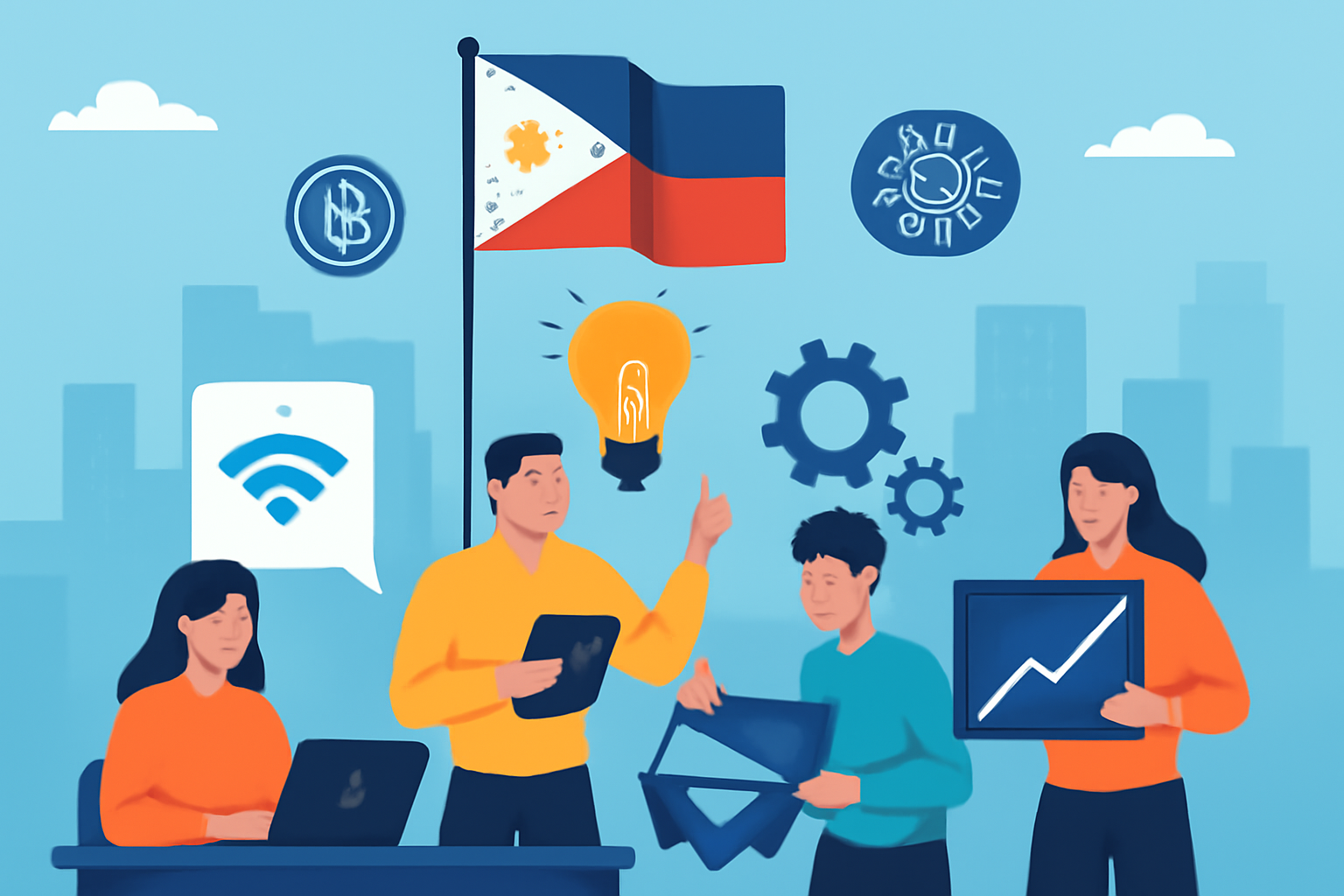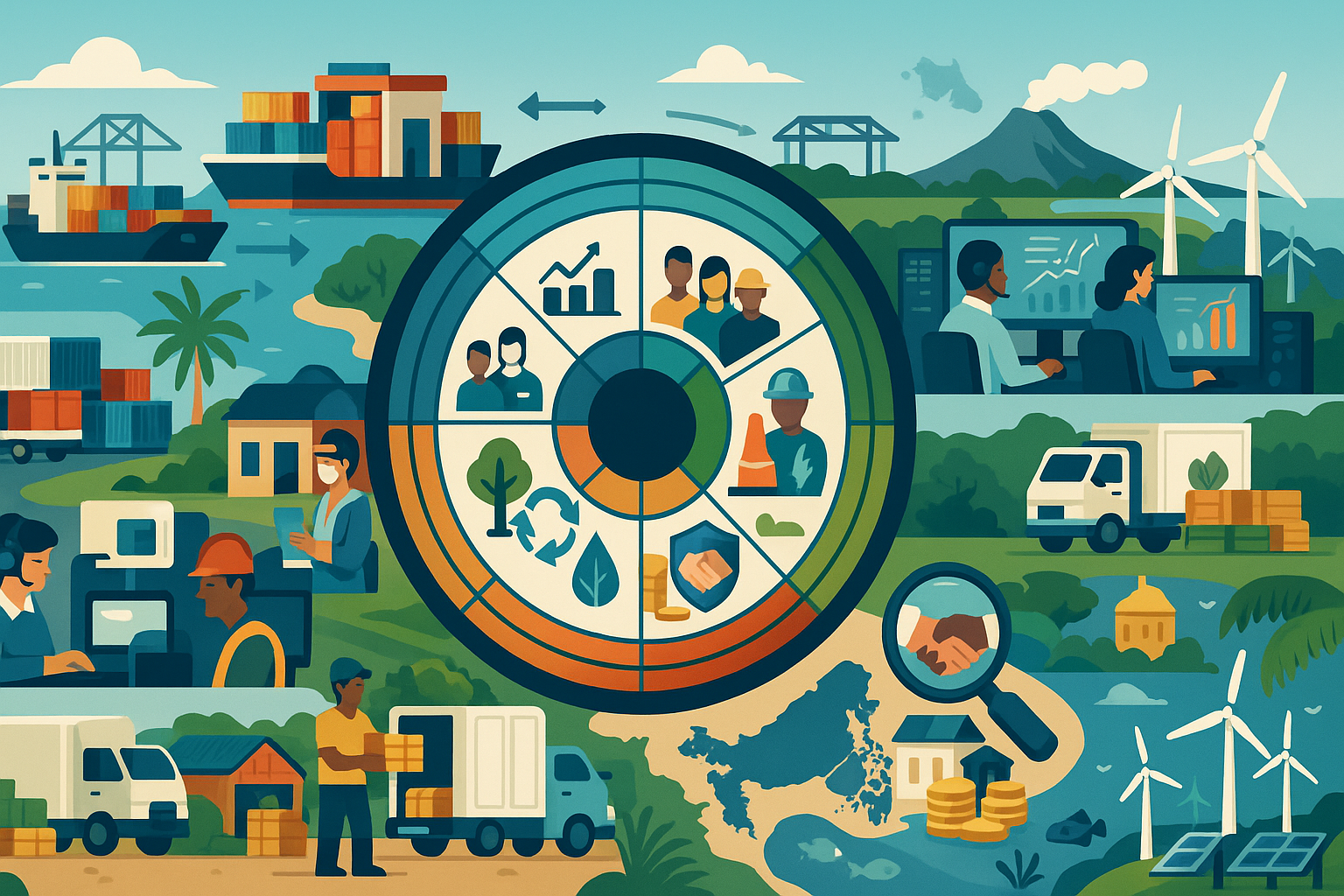Over the last decade, the Philippines has positioned itself as a growing player in the global technology space. The country’s strong digital infrastructure, entrepreneurial culture, and government support for startups have paved the way for an increasingly vibrant tech ecosystem. This article provides an in-depth look at how the Philippines is transforming into a technology-driven economy and highlights the key sectors and challenges within its startup landscape.
Key Factors Driving the Growth of Tech Startups
A key factor in the rise of Philippine tech startups is the country’s burgeoning digital economy. Filipinos are quick adopters of mobile technology, with nearly 80% of internet users in the Philippines accessing the web via mobile devices. This trend has led to a growing demand for digital services, particularly in areas like e-commerce, fintech, and digital entertainment.
The Philippine government has also supported this shift by providing infrastructure grants, creating innovation hubs, and fostering a more supportive regulatory environment for startups. Initiatives like the “Philippine Startup Week” and the “Startup Ecosystem Roadmap” demonstrate the government’s commitment to positioning the country as a major tech hub.
Emerging Sectors in the Tech Startup Landscape
- Fintech: The fintech sector is a major driver of innovation in the Philippines. Companies like GCash and PayMaya have made digital wallets and mobile payments mainstream, offering financial inclusion for millions of unbanked Filipinos. Fintech startups are expanding beyond payments, with services for lending, investing, and insurance.
- E-commerce: The Philippine e-commerce sector is booming, with platforms like Lazada and Shopee leading the charge. The country’s rapidly growing middle class and increasingly mobile-savvy population are fueling this growth, with more Filipinos opting to shop online.
- Blockchain and Cryptocurrencies: The rise of blockchain technology and cryptocurrencies in the Philippines has opened up new avenues for innovation. Startups like Coins.ph are leveraging blockchain to facilitate cross-border remittances, while others explore the use of blockchain in sectors such as agriculture, real estate, and logistics.
- HealthTech: HealthTech has gained traction, with startups like MedGrocer and KonsultaMD providing digital health services such as telemedicine consultations and online pharmacies. These solutions help address the country’s healthcare challenges, particularly in rural areas where medical services are limited.
The Roadblocks to Overcome
While the Philippines’ tech startup ecosystem is thriving, there are still challenges that need to be addressed:
- Limited Access to Funding: Despite growth in venture capital, access to funding remains a key barrier. Many early-stage startups face difficulties securing the necessary capital to scale their operations.
- Talent Shortage: As the tech industry grows, there is a high demand for skilled tech professionals. However, the education system has struggled to meet the demand for tech talent, leading to a shortage of qualified developers, engineers, and data scientists.
- Infrastructure Gaps: While Metro Manila and other urban areas are well-connected, rural areas often struggle with poor internet access and limited digital infrastructure, making it difficult for startups in those regions to thrive.
Conclusion
The tech startup ecosystem in the Philippines is evolving rapidly and presents exciting opportunities for innovation and investment. As the government and private sector continue to address the challenges of funding, talent development, and infrastructure, the country is poised to become a key player in the global tech landscape.




